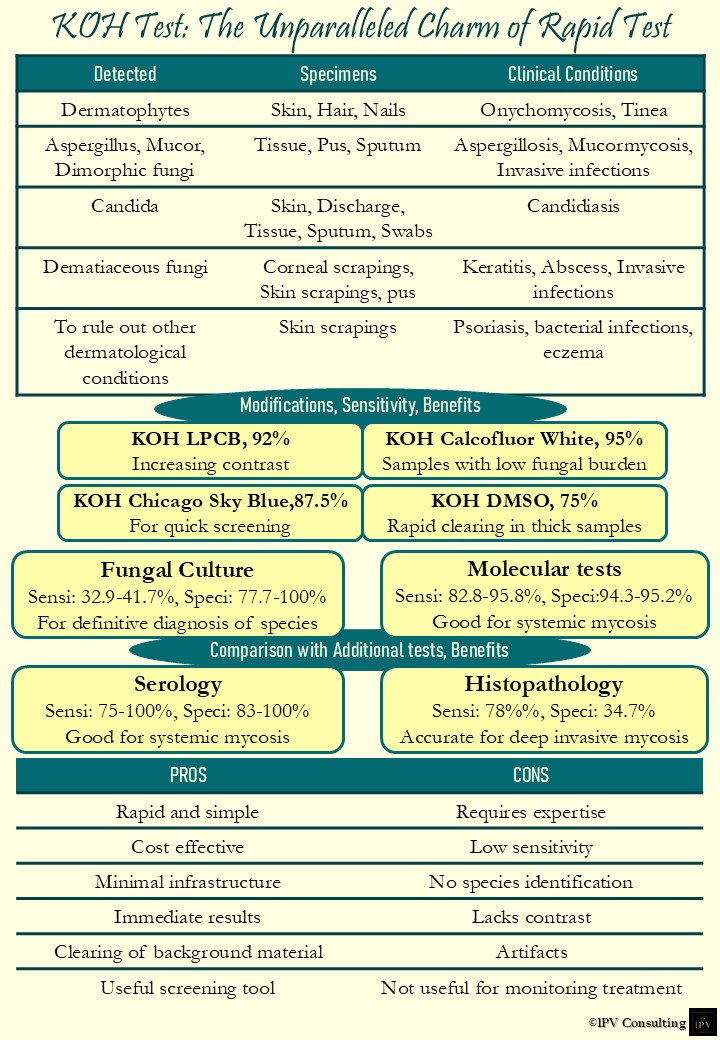Morphologies On Dalmau Plate: Lost In Diagnostics Shift
Candida species are commonly regarded as commensal yeasts. But lately, these opportunistic pathogens especially the so-called non-albicans Candida species have come to be acknowledged as significant human infection agents. In both local and systemic fungal infections, we have seen increased prevalence of C. glabrata, C. tropicalis, C. guilliermondii, C. dubliniensis, C. auris and C. krusei, among others. Additionally, some of these species are resistant to antifungal medications.
In the past, conventional techniques based on morphological or physiological traits were employed. But in recent years, laboratory medicine has seen a significant shift from traditional techniques to molecular diagnosis. Despite the rapidity and accuracy of commercial systems and molecular diagnostic techniques, their adoption is still restricted by their high cost.
Yeast morphologies on Dalmau plates are definitely difficult to identify without some practice. But careful examination of morphology can strengthen the identification of frequently seen candida species and more crucially, will alert the microbiologist for presence of uncommon isolates whose incorrect identification could have major clinical implications.
It is true, technological breakthroughs in laboratory medicine have been off putting medical laboratory personnel to acquire traditional mycology skills. The distinctive and one-of-a-kind yeast morphologies seen on the Dalmau plate have since vanished entirely in the diagnostic maze.
References
1. Deorukhkar SC, Roushani S. Identification of Candida Species: Conventional Methods in the Era of Molecular Diagnosis. Ann Microbiol Immunol. 2018; 1(1): 1002.
2. Fenn JP, Billetdeaux E, Segal H, Skodack-Jones L, Padilla PE, Bale M, Carroll K. Comparison of four methodologies for rapid and cost-effective identification of Candida glabrata. J Clin Microbiol. 1999;37(10):3387-9.
3. Neppelenbroek KH, Seó RS, Urban VM, Silva S, Dovigo LN, Jorge JH, Campanha NH. Identification of Candida species in the clinical laboratory: a review of conventional, commercial, and molecular techniques. Oral Dis. 2014;20(4):329-44.
4. Lipsky Ba, Berendt aR, Cornia PB, et al.; Infectious Diseases Society of America. Infectious Diseases Society of america clinical practice guideline for the diagnosis and treatment of diabetic foot infections. Clin Infect Dis.2012;54:132– 73.
5. Tuttolomondo A, Maida C, Pinto A. Diabetic foot syndrome: Immune-inflammatory features as possible cardiovascular markers in diabetes. World J Orthop. 2015;6(1):62-76.
6. Koehler AP, Chu KC, Houang ET, Cheng AF. Simple, reliable, and cost-effective yeast identification scheme for the clinical laboratory. J Clin Microbiol. 1999;37(2):422-426.







